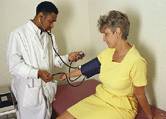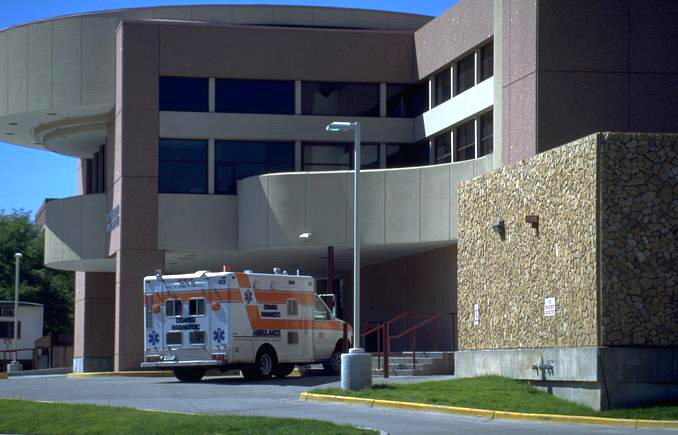
TUESDAY, Sept. 7 (HealthDay News) — An estimated 17 percent of all patients who visit U.S. hospital emergency departments could be treated at urgent care centers or retail medical clinics instead, a move that would save $4.4 billion a year in health care costs, a new U.S. study suggests.
Fractures and lacerations, strains and minor infections are among the conditions that can be treated safely outside of hospitals, according to a RAND Corporation study published in the September issue of the journal Health Affairs. RAND is a nonprofit research organization.
The researchers noted that retail medical clinics and urgent care centers are open in the evenings and on weekends, and allow for walk-in appointments. Previous studies have found that these facilities are much cheaper than an emergency department visit.
“Patient traffic to hospital emergency departments has been growing, but a significant proportion of patients could be safely treated in these alternative settings. Diverting these patients to alternatives such as retail clinics and urgent care centers could shorten their waiting times and save money,” lead author Robin Weinick, a senior social scientist at RAND, said in a journal news release.
Based on their analysis of data, Weinick and colleagues estimated that 13.7 percent of all hospital emergency department patients could be treated in retail medical clinics, which are typically located in pharmacies or grocery stores and treat a limited number of conditions such as sore throats and urinary tract infections.
They also estimated that an additional 13.4 percent of all hospital emergency department patients could be treated at an urgent care center, which is a medical facility that treats a broader range of conditions, including minor fractures and serious cuts.
While the total for both types of facilities is 27.1 percent, only 16.8 percent of all hospital emergency department visits could likely be handled at these locations due to the limited number of hours that they are typically open.
More information
The American College of Emergency Physicians explains how overcrowding affects emergency care.

